More and more tillage farmers are moving towards using GPS equipment on their farms and are using the Tillage Capital Investment Scheme (TCIS) to help fund this upgrade.
One such farmer is Graham Sixsmith from Kilmeague, Co Kildare, who recently purchased a trailed Rauch Axent 100.1 10t fertiliser spreader.
The spreader is fitted with full GPS section control. “The main advantages that I am seeing from the new machine are in terms of output, and savings with the amount of fertiliser used because of the section control,” Graham said. “I’m definitely not wasting any fertiliser on the headlands.”
The spreader has 30 section controls at 1m intervals, which will each automatically switch off to prevent overlapping of fertiliser.

The dark blue area indicates where fertiliser has been spread.
Another benefit is the ability to set the system at a headland mode. This means the two discs can be set to different rotation speeds to spread at two different widths and application rates.
“The rotation on the disc along the boundary of the field could be set to 650rpm while the disc facing out towards the field could be set to 950rpm, for example. It just means that you are not spreading any fertiliser where it’s not meant to be.”
The drop point for the fertiliser can also be adjusted based on the working widths.
In 2014, Graham purchased auto-track for his seed drill and was impressed with it. This led him to upgrade his fertiliser spreader.
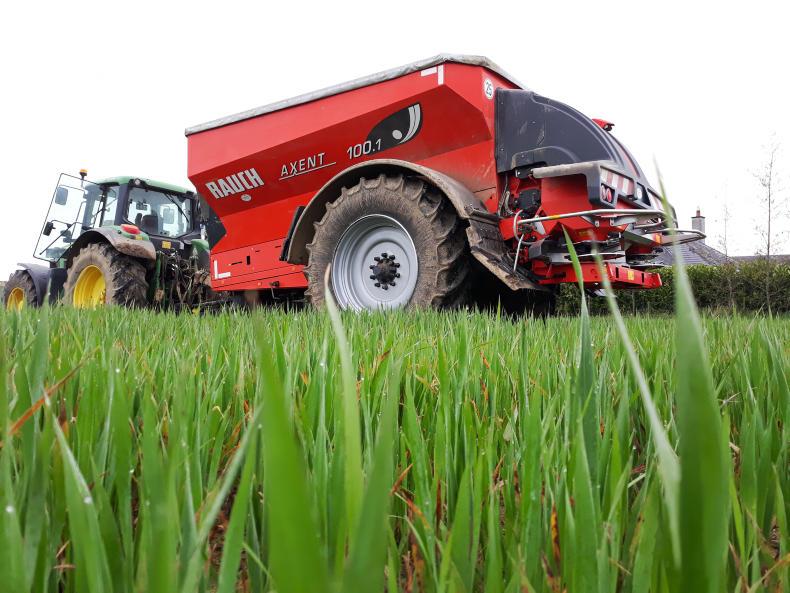
Fertiliser spreader.
“When you are sowing the fatigue can really get to you and this affects your accuracy. Having the GPS gives you more time to look around and see that you are actually doing your job right. You want to be sure that you are sowing it right and that you are tilling it and levelling it right instead of being stuck looking at a scribe all day,” Graham said.
“I suppose the real financial savings would come from the fertiliser spreading – you are completely cutting out waste.”
The spreader calibrates itself every day when spreading based on the torque of the disc as the application rate on the disc is directly proportional to the torque.
Increased efficiency
The new spreader has seen the amount of ground Graham can cover in a day increase. “I can easily spread 60t/day and I can easily get across 400ac/day. I could probably do that with the last machine but I would be working half the night,” he said.
With the weather becoming increasingly unpredictable, tillage farmers have to able to react quickly to changing conditions and cover large areas as efficiently and quickly, as possible.
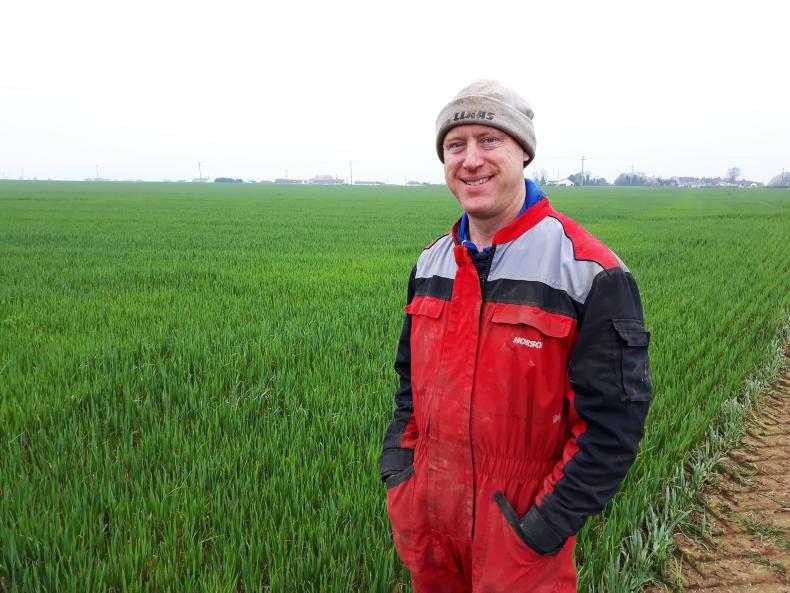
Graham Sixsmith.
“I have the weather apps on my phone worn out by just constantly looking at the weather. I’m trying to spray and fertilise myself so I am playing them off against each other all the time,” Graham said. “Which am I better off doing with the weather? Which is more important on the day? You have to be able to react quickly.
“We are making less money per acre so have to increase workload to cover ourselves.”
When purchasing the new spreader, Graham also opted to purchase a lime kit to give the machine more flexibility.
The list price for the 10t spreader comes in at €110,000 excluding VAT. However, there can be a large variation depending on the specification that a farmer wishes to purchase.
The reference cost for a trailed fertiliser spreader with full GPS control is €67,500, excluding the VAT. This mean that the maximum grant aid that Graham is eligible for is 40% of the €67,500 which equates to €27,000 in grant aid.
More and more tillage farmers are moving towards using GPS equipment on their farms and are using the Tillage Capital Investment Scheme (TCIS) to help fund this upgrade.
One such farmer is Graham Sixsmith from Kilmeague, Co Kildare, who recently purchased a trailed Rauch Axent 100.1 10t fertiliser spreader.
The spreader is fitted with full GPS section control. “The main advantages that I am seeing from the new machine are in terms of output, and savings with the amount of fertiliser used because of the section control,” Graham said. “I’m definitely not wasting any fertiliser on the headlands.”
The spreader has 30 section controls at 1m intervals, which will each automatically switch off to prevent overlapping of fertiliser.

The dark blue area indicates where fertiliser has been spread.
Another benefit is the ability to set the system at a headland mode. This means the two discs can be set to different rotation speeds to spread at two different widths and application rates.
“The rotation on the disc along the boundary of the field could be set to 650rpm while the disc facing out towards the field could be set to 950rpm, for example. It just means that you are not spreading any fertiliser where it’s not meant to be.”
The drop point for the fertiliser can also be adjusted based on the working widths.
In 2014, Graham purchased auto-track for his seed drill and was impressed with it. This led him to upgrade his fertiliser spreader.

Fertiliser spreader.
“When you are sowing the fatigue can really get to you and this affects your accuracy. Having the GPS gives you more time to look around and see that you are actually doing your job right. You want to be sure that you are sowing it right and that you are tilling it and levelling it right instead of being stuck looking at a scribe all day,” Graham said.
“I suppose the real financial savings would come from the fertiliser spreading – you are completely cutting out waste.”
The spreader calibrates itself every day when spreading based on the torque of the disc as the application rate on the disc is directly proportional to the torque.
Increased efficiency
The new spreader has seen the amount of ground Graham can cover in a day increase. “I can easily spread 60t/day and I can easily get across 400ac/day. I could probably do that with the last machine but I would be working half the night,” he said.
With the weather becoming increasingly unpredictable, tillage farmers have to able to react quickly to changing conditions and cover large areas as efficiently and quickly, as possible.

Graham Sixsmith.
“I have the weather apps on my phone worn out by just constantly looking at the weather. I’m trying to spray and fertilise myself so I am playing them off against each other all the time,” Graham said. “Which am I better off doing with the weather? Which is more important on the day? You have to be able to react quickly.
“We are making less money per acre so have to increase workload to cover ourselves.”
When purchasing the new spreader, Graham also opted to purchase a lime kit to give the machine more flexibility.
The list price for the 10t spreader comes in at €110,000 excluding VAT. However, there can be a large variation depending on the specification that a farmer wishes to purchase.
The reference cost for a trailed fertiliser spreader with full GPS control is €67,500, excluding the VAT. This mean that the maximum grant aid that Graham is eligible for is 40% of the €67,500 which equates to €27,000 in grant aid.







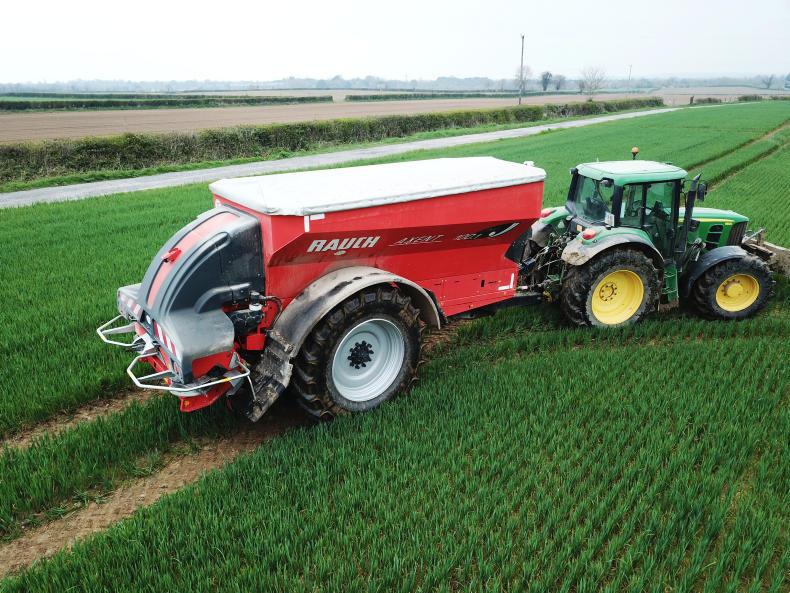
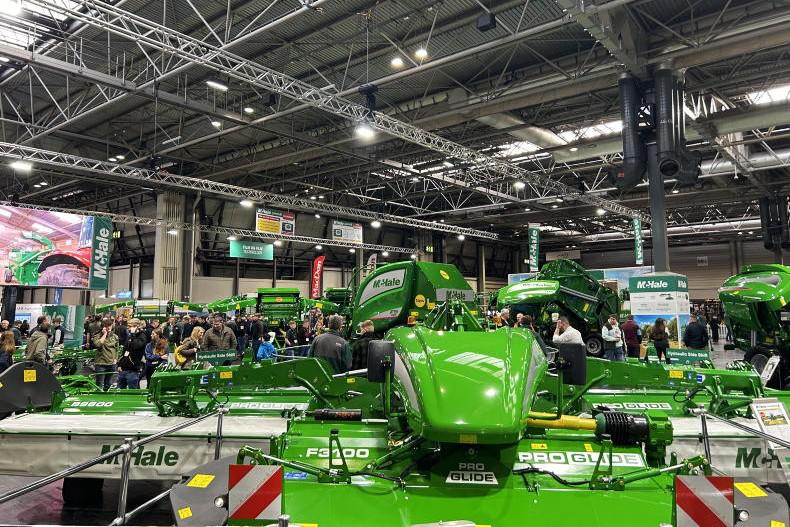

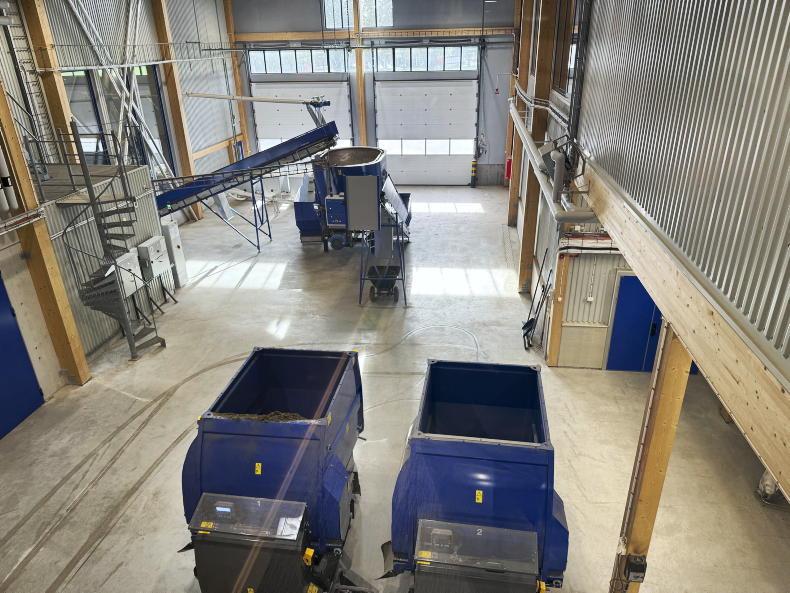
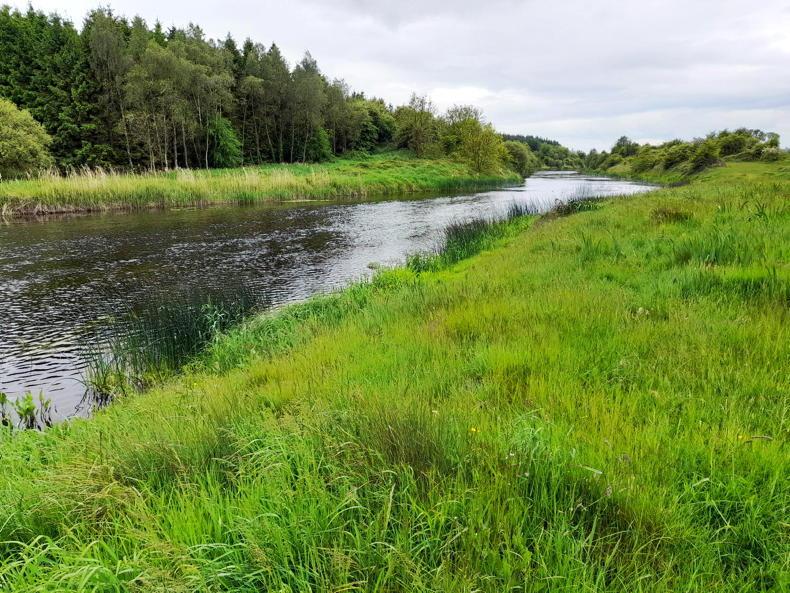

SHARING OPTIONS